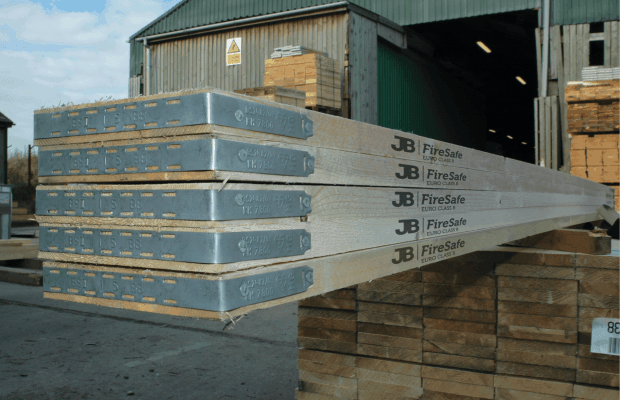– Sponsored Post –


What defects should I look for in wooden scaffold boards?
To ensure maximum life, scaffold boards must be checked regularly. It should be noted that cross cutting a graded board to a shorter length does not affect the structural integrity or grade of the board and as a result, it will still comply with BS 2482:2009; if the board has been either visually or machine graded it will have been graded along the full length. Any defects (unless outlined below) will still remain within the allowance.
Here is a checklist for ensuring your scaffold boards remain free from defects and in the best possible condition for use on your site:
-
If a board shows signs of being accidentally dropped or otherwise abused (e.g. run over) it should be discarded
-
Any board with signs of rot or decay should be discarded
-
End bands should be checked to ensure they are still secure, and fixed or replaced if necessary
-
Boards should be stored in the dry and should have any concrete spillage carefully removed
-
All nails, screws, e.g. Hilti nails should be removed and the board checked for damage.
-
Splits should be checked. Any split must not be deeper than 12mm in thickness. If a split is deeper than this, it should be no more than 225mm long. Splits of less than 225mm may then be repaired using nail plates. Boards with splits longer than this should be cut down. Splits running across the face are not permitted and the board should be cut down to remove any damage
-
Any cut should be ‘superficial’, which means no deeper than 2mm
-
Any board that has been notched should be cut down to remove the notch
-
Any boards stored for a period of time should be regularly checked for signs of decay, particularly watching out for fungus and wet rot. Ideally, stored boards should have access to a regular clean airflow. Boards should not be left ‘close piled’ for more than 3 months. If the anticipated storage is for longer, then the boards should be stored with ‘sticks’ in-between every layer to allow air circulation
View or download our technical information on BSI graded scaffold boards by clicking here.



